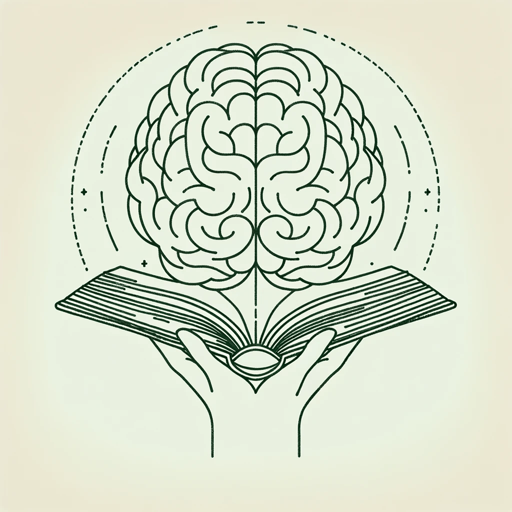60 pages • 2 hours read
C. G. JungMan and His Symbols
Nonfiction | Book | Adult | Published in 1964A modern alternative to SparkNotes and CliffsNotes, SuperSummary offers high-quality Study Guides with detailed chapter summaries and analysis of major themes, characters, and more.
Part 2Chapter Summaries & Analyses
Part 2: “Ancient Myths and Modern Man” by Joseph L. Henderson
Part 2, Section 1 Summary and Analysis: “The eternal symbols”
Part 2 of Man and His Symbols is written by Joseph L. Henderson, a Jungian psychologist who worked with Jung and co-founded the C.G. Jung Institute for Analytical Psychology. It begins as Henderson writes on ancient symbology. He explains that, unlike primitive people of the past, modern society does not acknowledge the relevance of these symbols to their own lives. Despite this, connections to the past remain. He argues that the symbols within dreams appear random and spontaneous to people today, but that patterns emerge if dreams are analyzed over the long term. Symbols in dreams which arise out of the “collective unconscious” (86) are cryptic to most people, and psychologists can help with interpretation. This is not an inborn skill, however; the analyst must garner a widespread and deep knowledge of ancient symbols and stories.
Henderson describes the ways in which ancient symbols still influence people today, using the example of Christianity and the way most people who celebrate Christmas are unaware of the origins of the rituals they perform. He stresses the importance of historical context in analyzing the symbols of dreams and their relation to the individual meaning prescribed by the dreamer.


